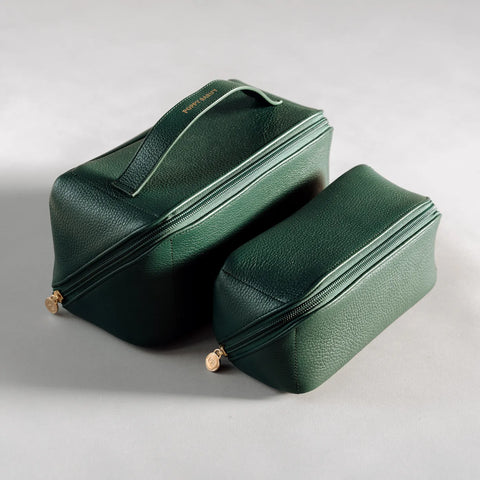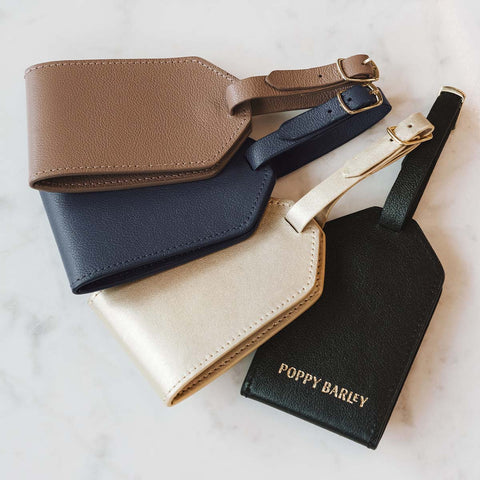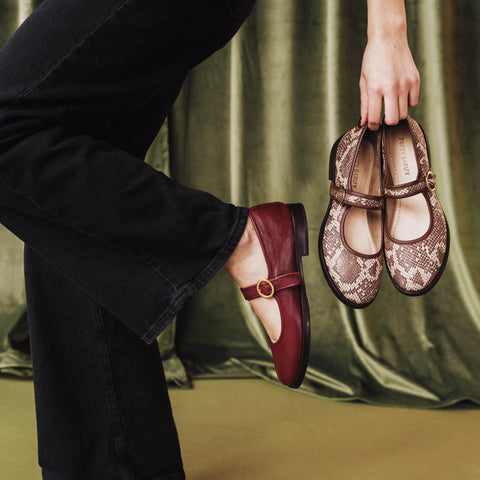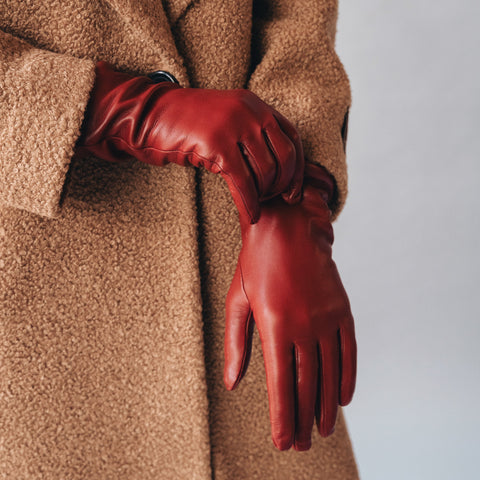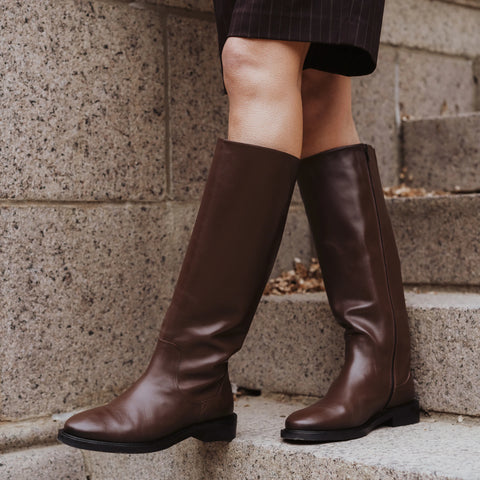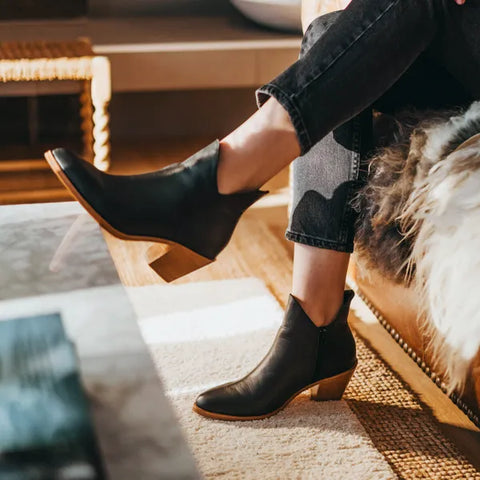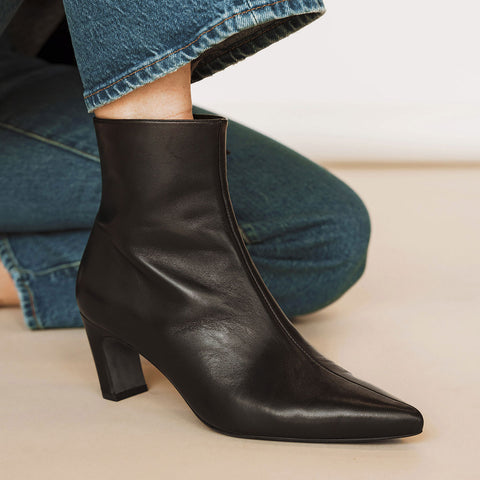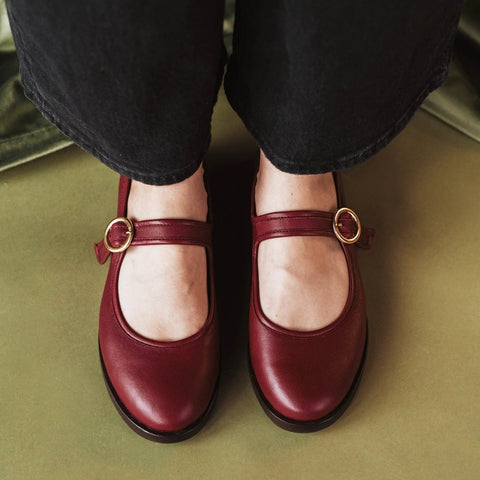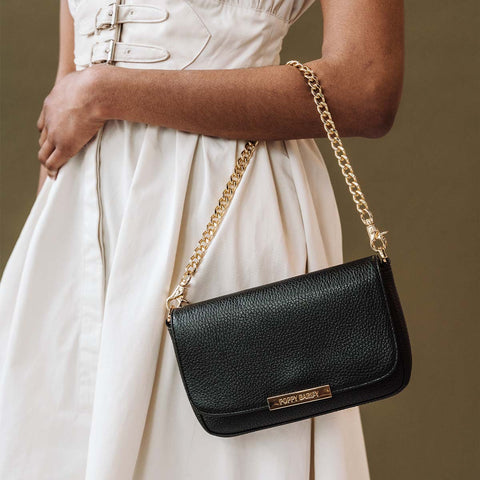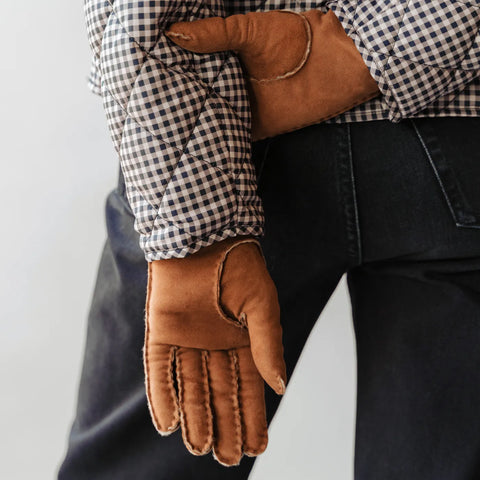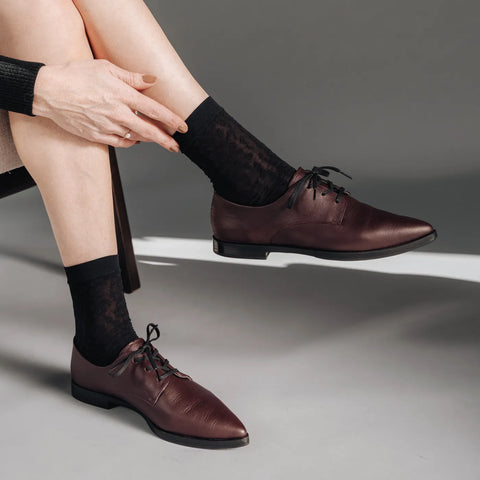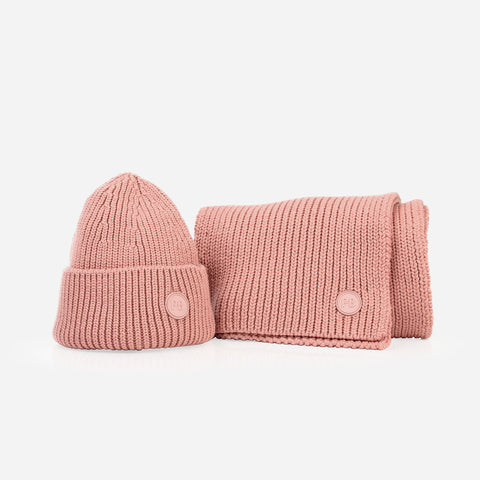Our 2013 trip to the
Poppy Barley studio in León for
product development coincided with a very special Mexican holiday,
Día de Muertos (Day of the Dead). And so
Justine,
Daelan,
Breanne and I (
Kendall) traveled to the nearby colonial city of San Miguel de Allende to join the festivities.
Día de Muertos is a joyous three-day celebration to pray, remember and honour friends and families who have died. During the holiday, it is believed the dead return to their earthly homes to visit and rejoice with their loved ones. The celebrations start on All Hallows Eve (October 31) when children make a children’s alter to invite the
angelitos (spirits of dead children) to come back for a visit the following day. The Day of the Innocents (November 1) honours dead children and infants. The Día de Muertos (November 2) is for honouring the spirits of adults.





When we arrived in San Miguel de Allende, evidence of festival preparations were everywhere. Roadside stands sold
cempasuchil flowers (marigolds). These bright, earthy coloured flowers are displayed everywhere to help guide spirits back to the earth. Everywhere beautiful and scary skulls were displayed to represent the afterlife (the prominence of skulls goes way back to the days of the Aztecs. Skulls symbolize death and rebirth). We watched Catrinas dance in the streets. We ate
pan de muertos (bread of the dead). We ate Mexican food. We went to Day of the Dead party in a mansion. We drank of rooftops with skull lights dancing in the sky. We listened to jazz in a small, crowded room full of people with their faces painted like skeletons. We drank tequila and took photos with strangers.
Our only regret: Not having our own faces painted and disappearing into the loud, fun chaos of the
Dia de Muertos.

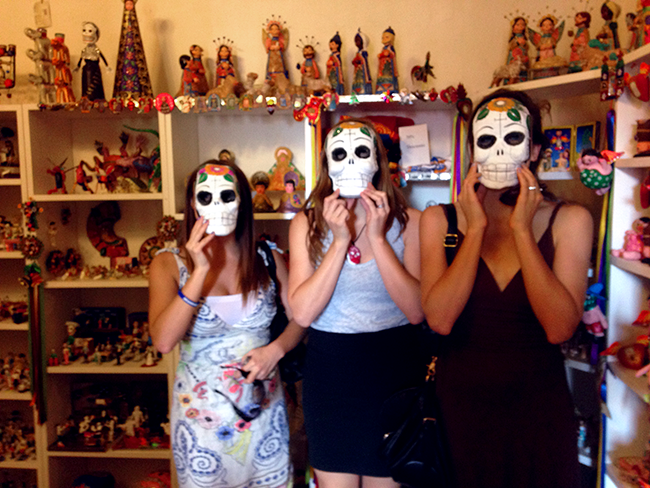
 Alters/Offerings
Alters/Offerings
Throughout the city, private alters called
ofrendas honor the deceased. The
ofrendas are beautiful offerings of
cempasuchil flowers (marigolds), possessions, favourite foods and beverages of the departed returning for a visit. Families also go to the cemetery to decorate the graves and tombs of their relatives.

 Skeleton Women
Skeleton Women
La Catrina are Mexico’s grande dame of death. La Catrina are tall, elegantly attired female skeletons sporting extravaganlty plumed hats. Originally "Catrina" referred to rich people, but now serves as a symbol that death brings a neutralizing force; everyone is equal in the end.




 When we arrived in San Miguel de Allende, evidence of festival preparations were everywhere. Roadside stands sold cempasuchil flowers (marigolds). These bright, earthy coloured flowers are displayed everywhere to help guide spirits back to the earth. Everywhere beautiful and scary skulls were displayed to represent the afterlife (the prominence of skulls goes way back to the days of the Aztecs. Skulls symbolize death and rebirth). We watched Catrinas dance in the streets. We ate pan de muertos (bread of the dead). We ate Mexican food. We went to Day of the Dead party in a mansion. We drank of rooftops with skull lights dancing in the sky. We listened to jazz in a small, crowded room full of people with their faces painted like skeletons. We drank tequila and took photos with strangers.
Our only regret: Not having our own faces painted and disappearing into the loud, fun chaos of the Dia de Muertos.
When we arrived in San Miguel de Allende, evidence of festival preparations were everywhere. Roadside stands sold cempasuchil flowers (marigolds). These bright, earthy coloured flowers are displayed everywhere to help guide spirits back to the earth. Everywhere beautiful and scary skulls were displayed to represent the afterlife (the prominence of skulls goes way back to the days of the Aztecs. Skulls symbolize death and rebirth). We watched Catrinas dance in the streets. We ate pan de muertos (bread of the dead). We ate Mexican food. We went to Day of the Dead party in a mansion. We drank of rooftops with skull lights dancing in the sky. We listened to jazz in a small, crowded room full of people with their faces painted like skeletons. We drank tequila and took photos with strangers.
Our only regret: Not having our own faces painted and disappearing into the loud, fun chaos of the Dia de Muertos.


 Alters/Offerings
Throughout the city, private alters called ofrendas honor the deceased. The ofrendas are beautiful offerings of cempasuchil flowers (marigolds), possessions, favourite foods and beverages of the departed returning for a visit. Families also go to the cemetery to decorate the graves and tombs of their relatives.
Alters/Offerings
Throughout the city, private alters called ofrendas honor the deceased. The ofrendas are beautiful offerings of cempasuchil flowers (marigolds), possessions, favourite foods and beverages of the departed returning for a visit. Families also go to the cemetery to decorate the graves and tombs of their relatives.

 Skeleton Women
La Catrina are Mexico’s grande dame of death. La Catrina are tall, elegantly attired female skeletons sporting extravaganlty plumed hats. Originally "Catrina" referred to rich people, but now serves as a symbol that death brings a neutralizing force; everyone is equal in the end.
Skeleton Women
La Catrina are Mexico’s grande dame of death. La Catrina are tall, elegantly attired female skeletons sporting extravaganlty plumed hats. Originally "Catrina" referred to rich people, but now serves as a symbol that death brings a neutralizing force; everyone is equal in the end.
